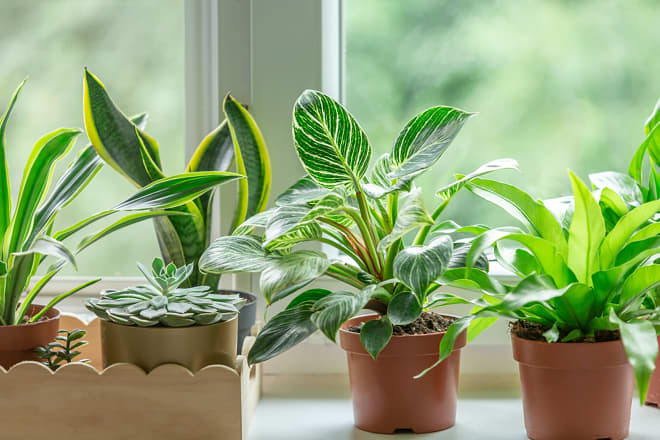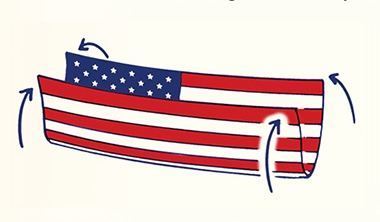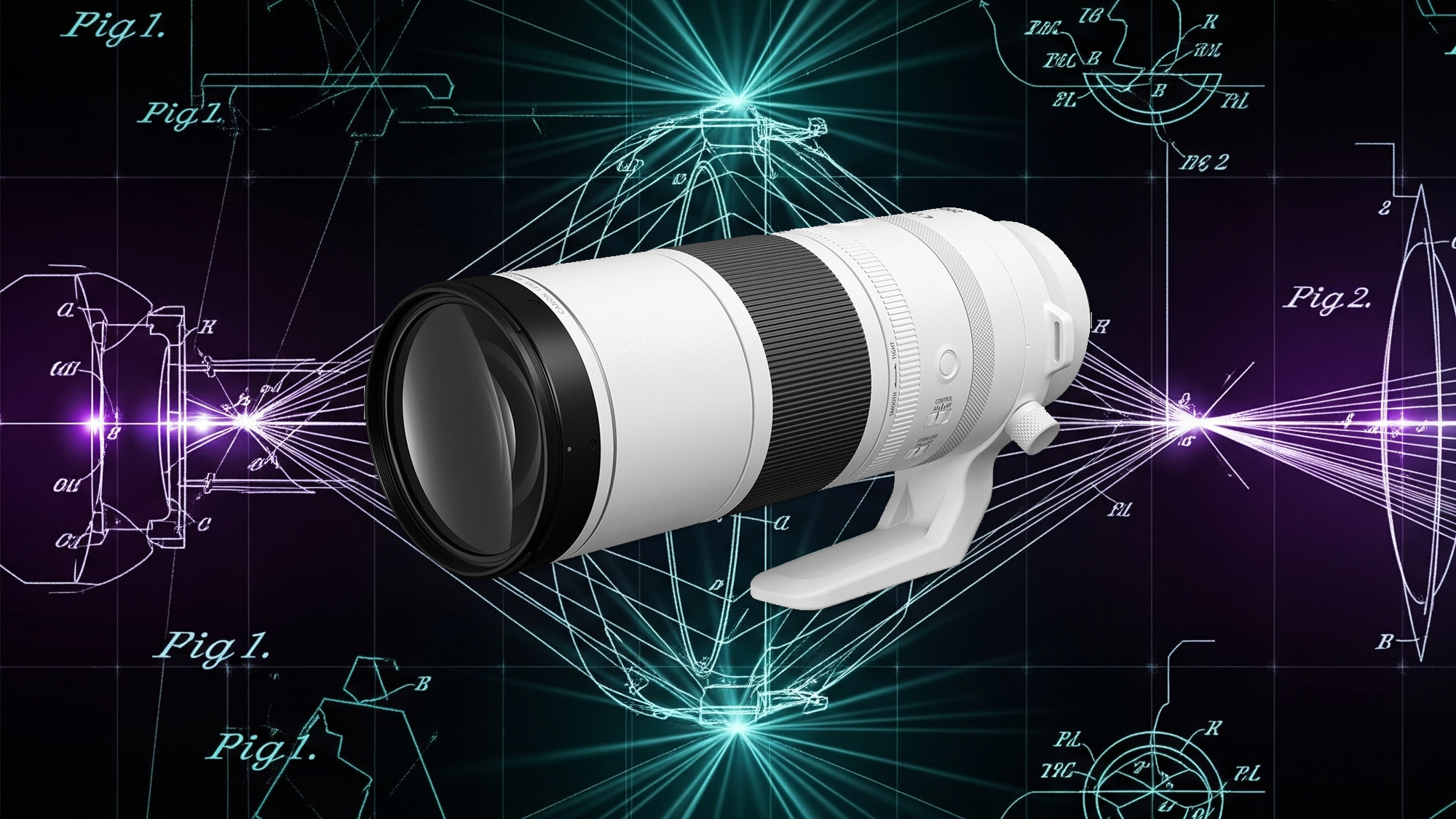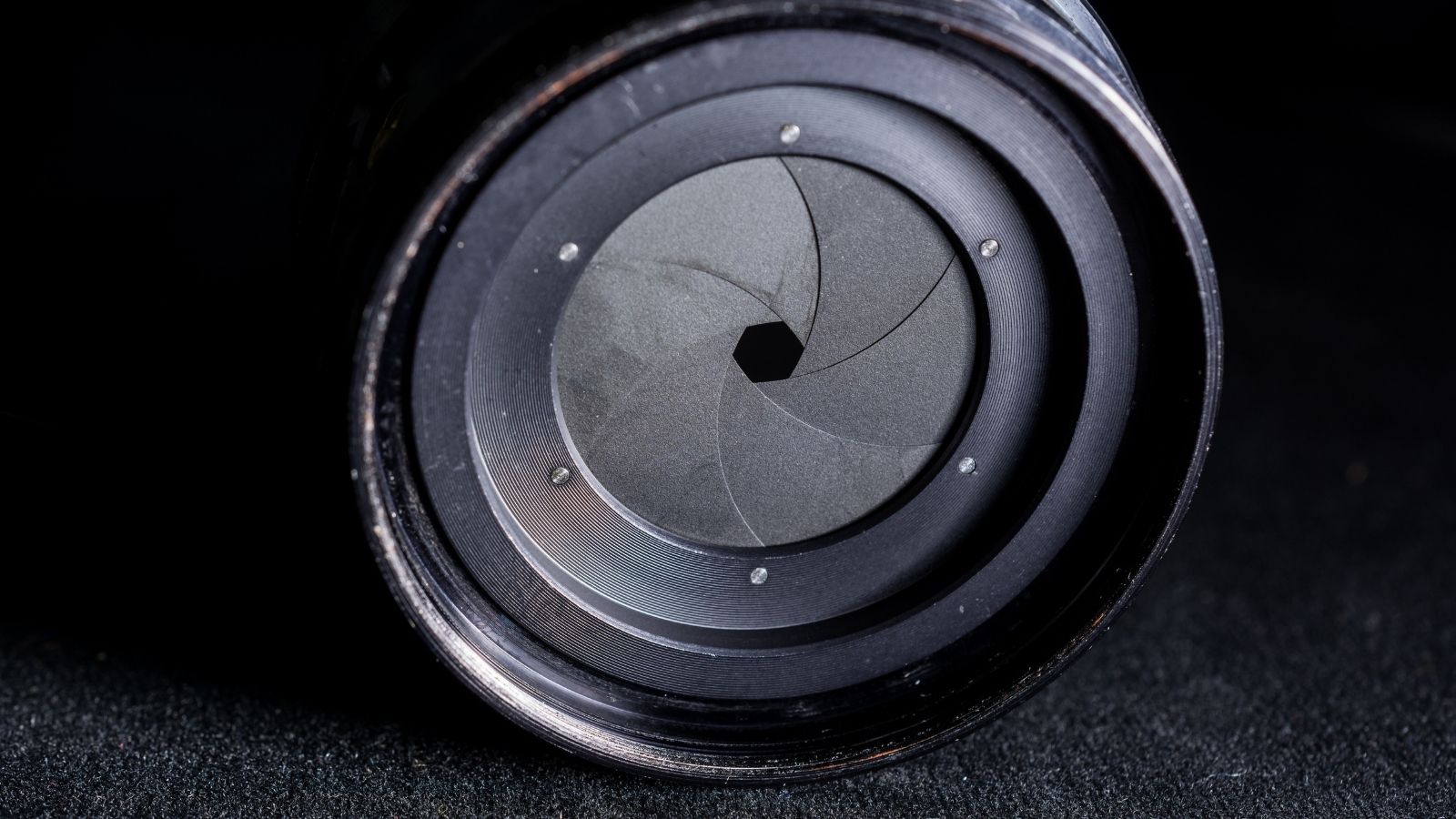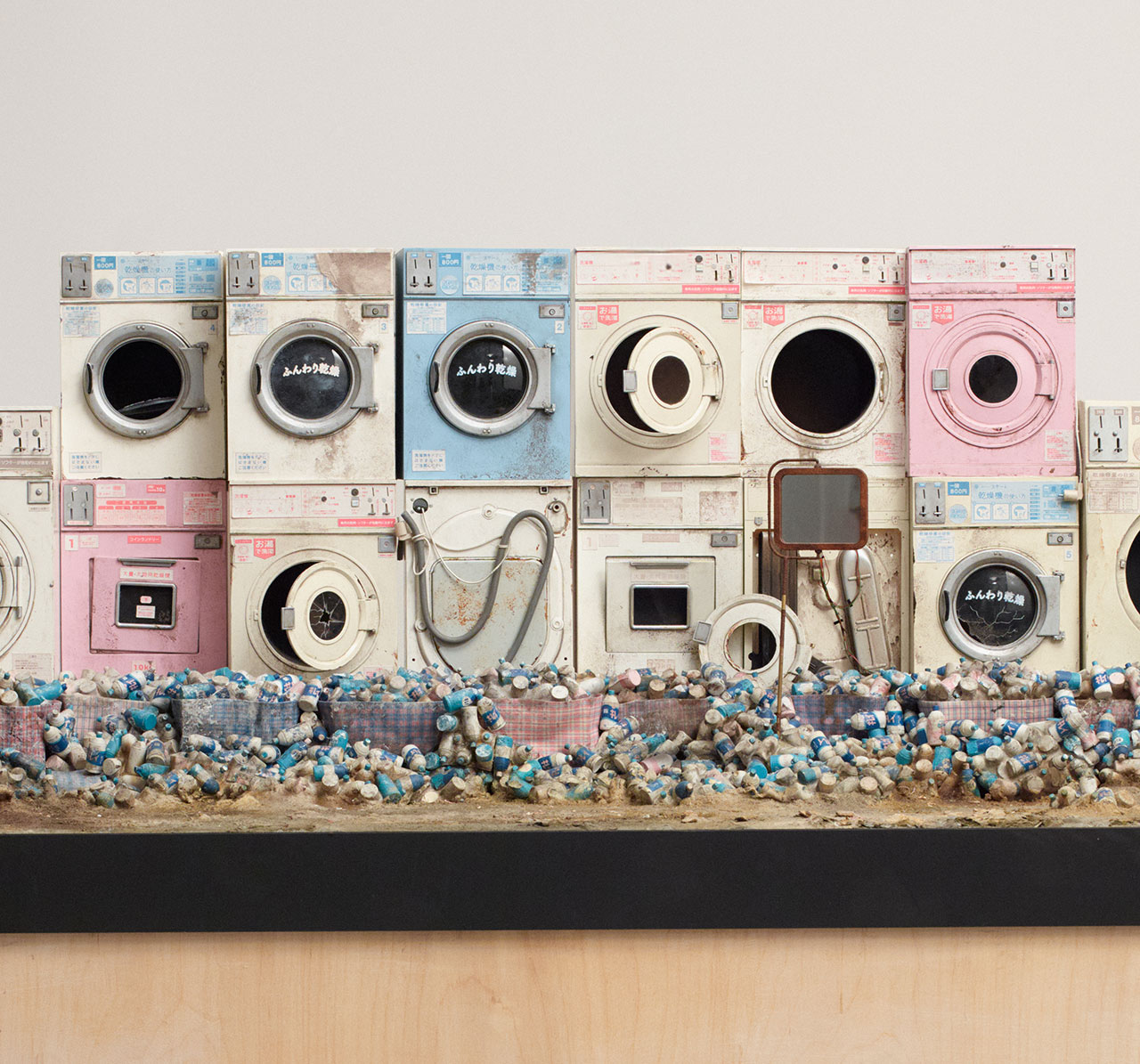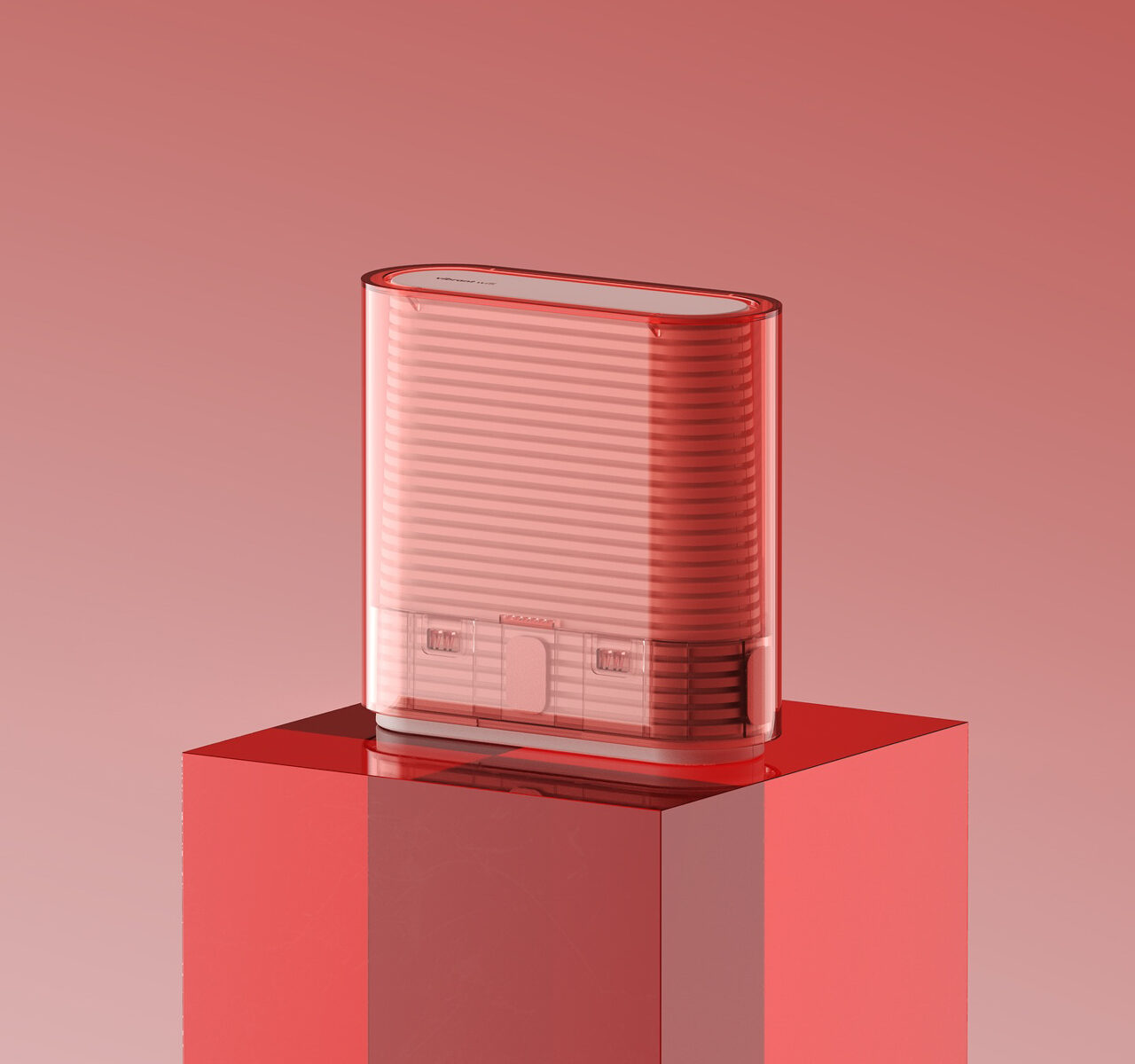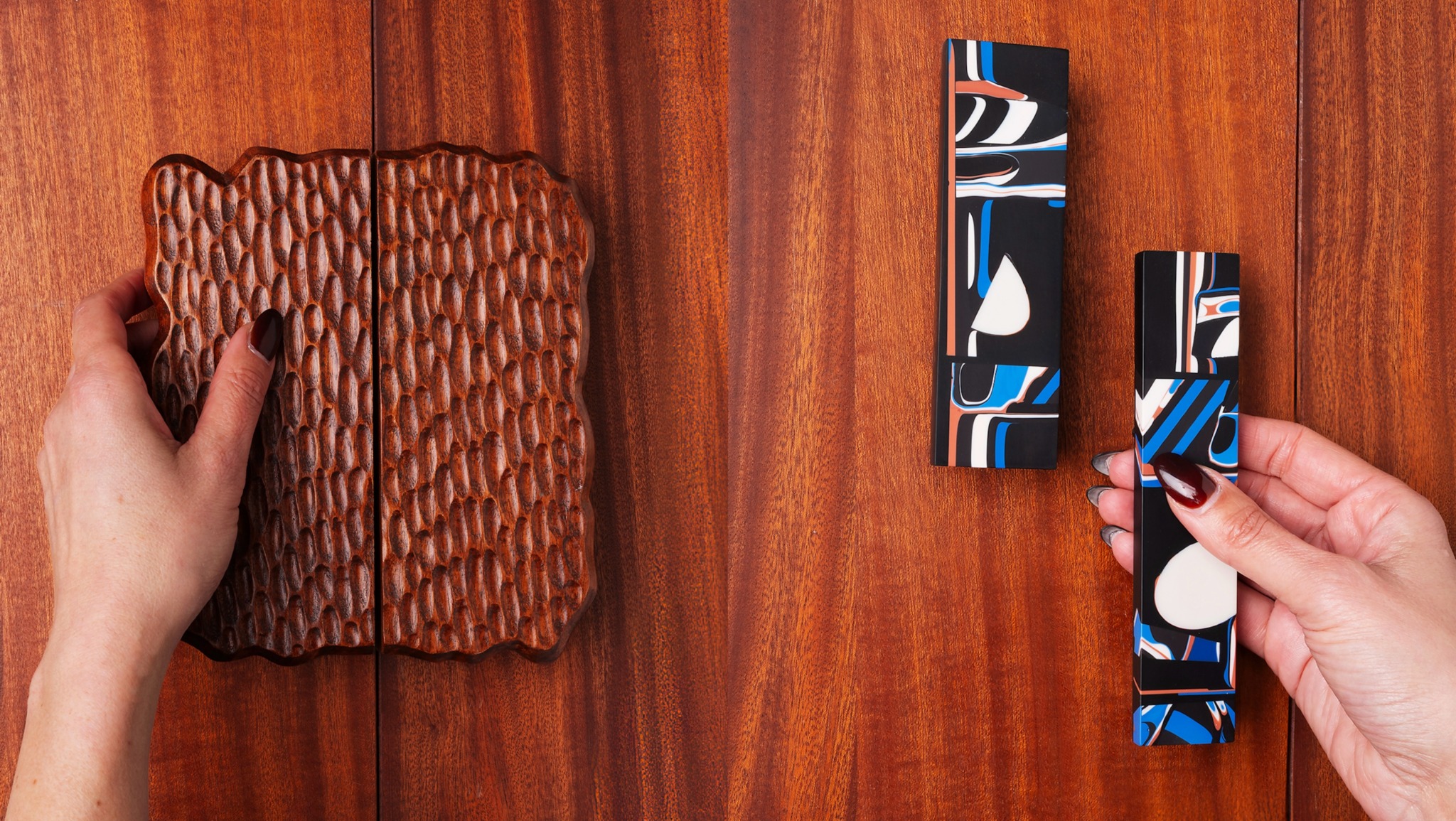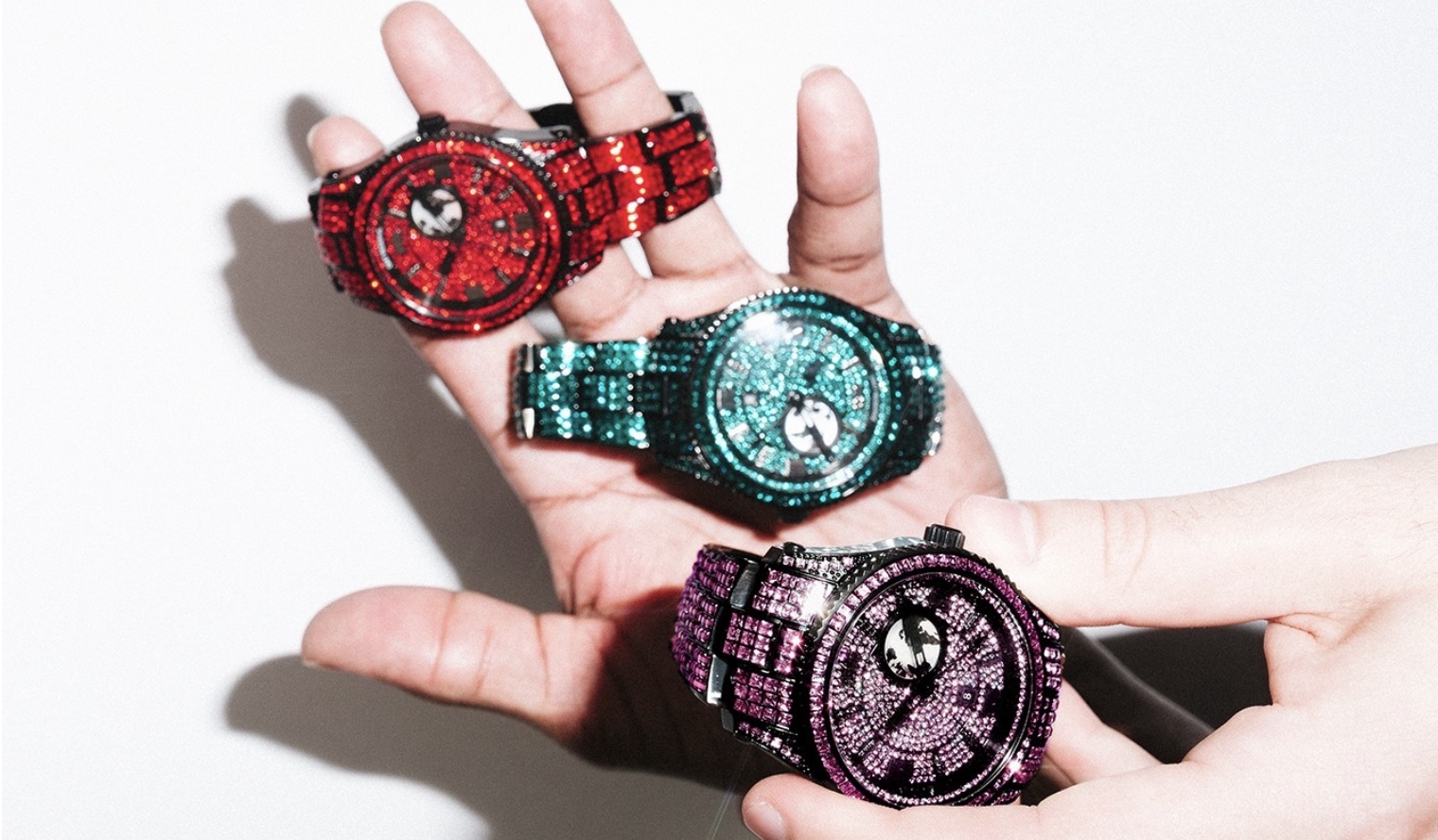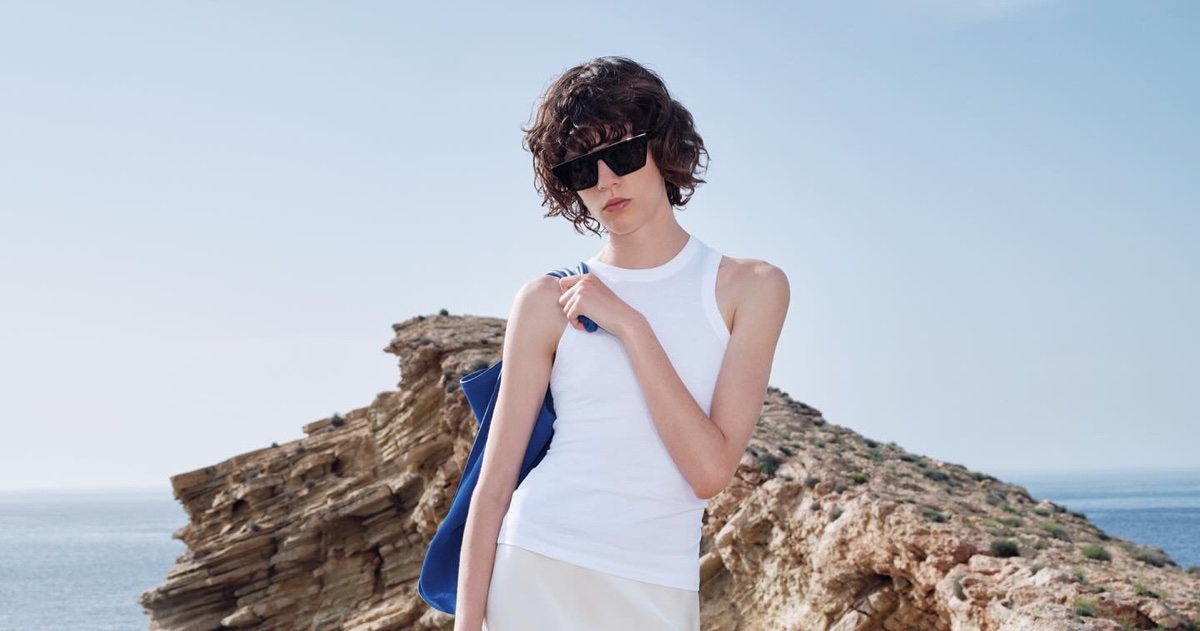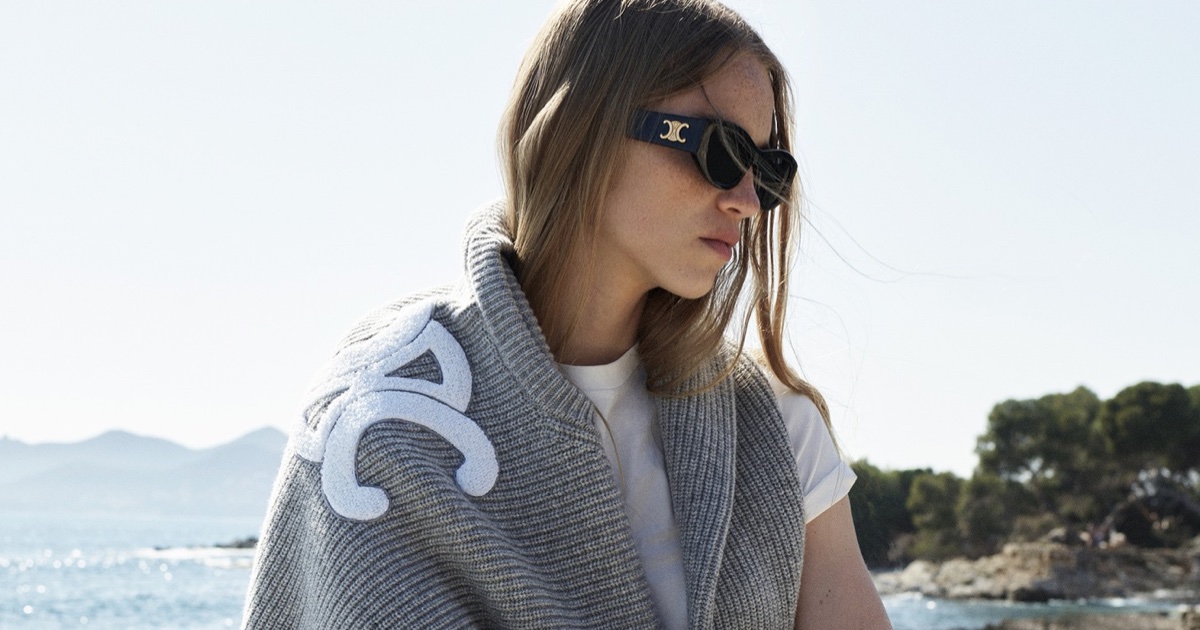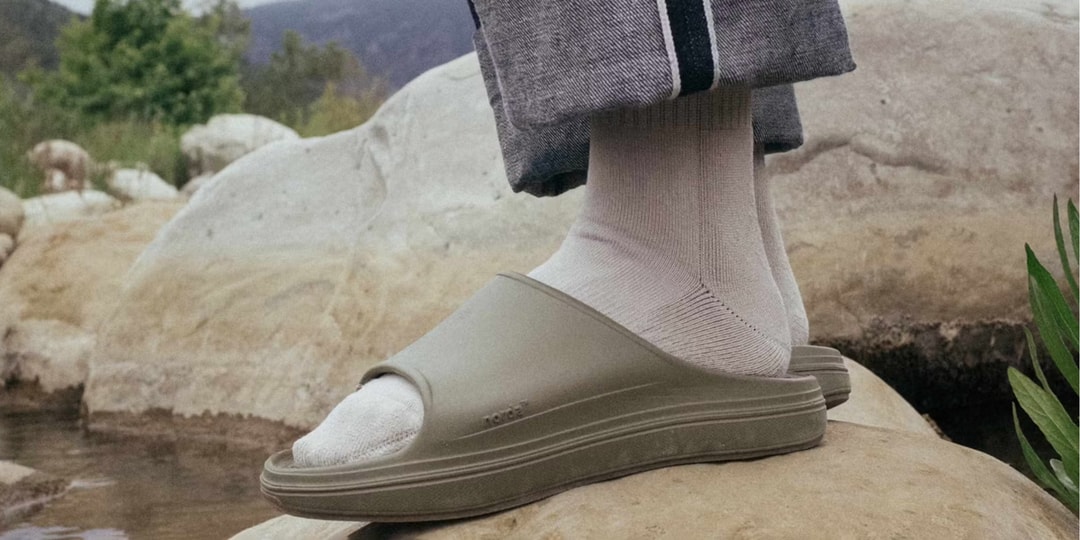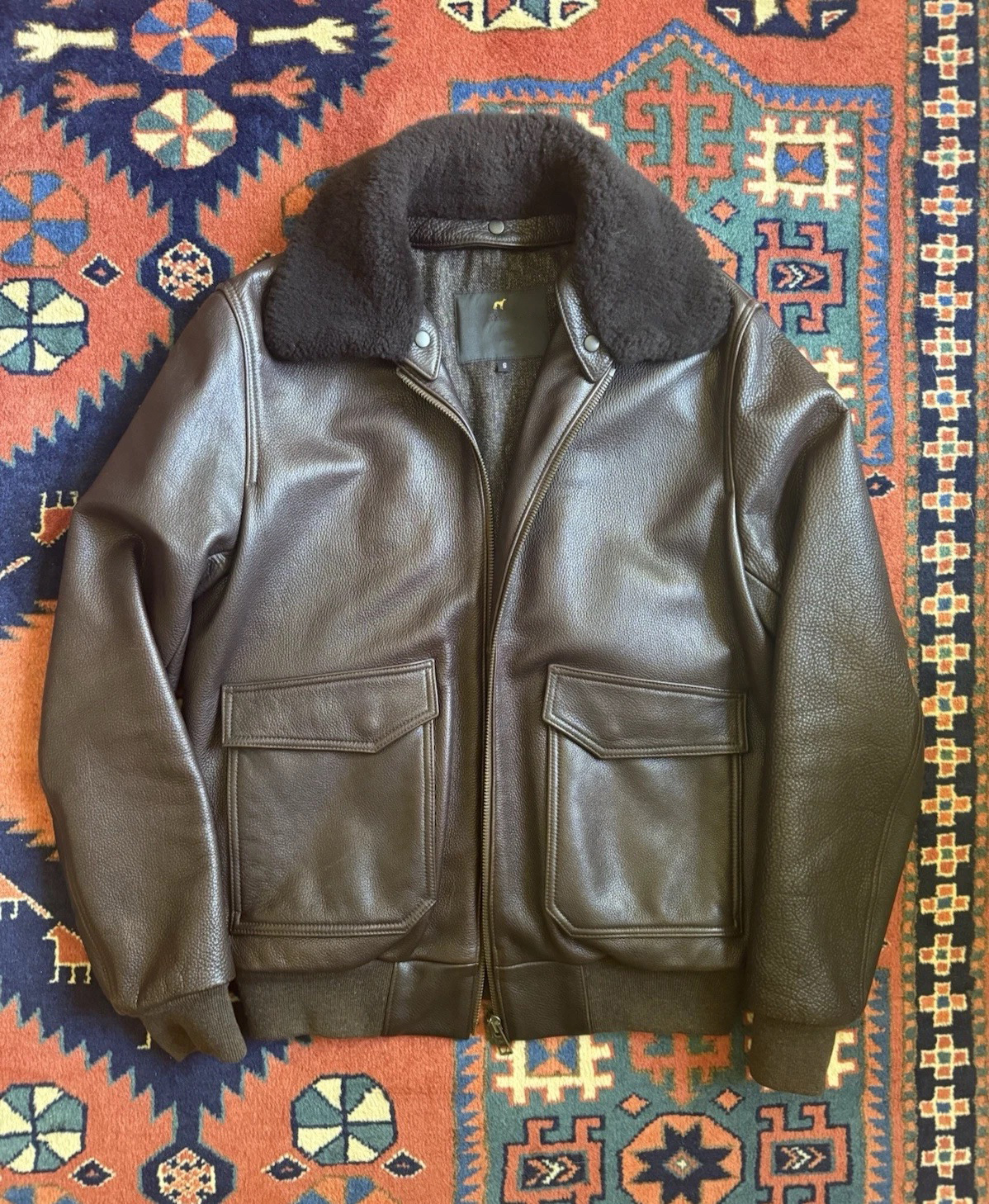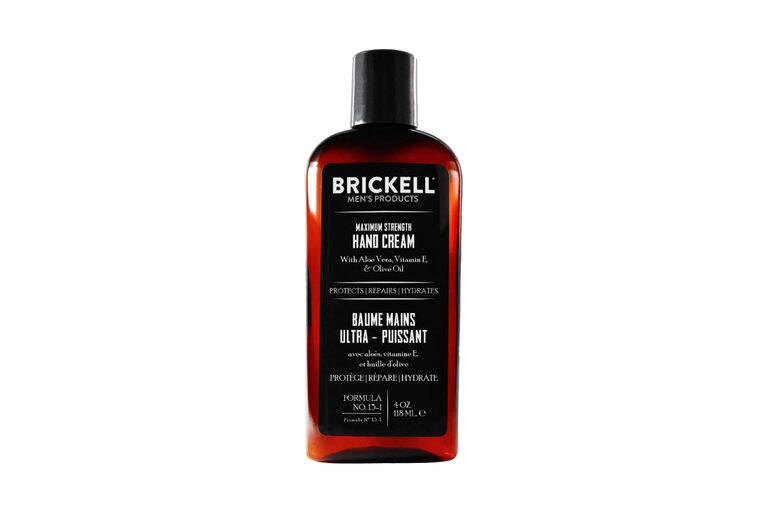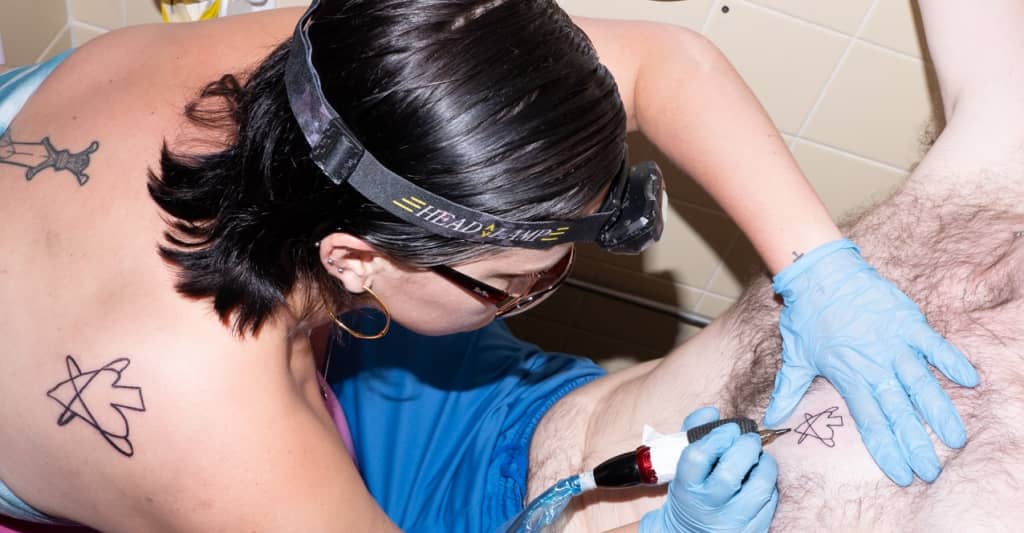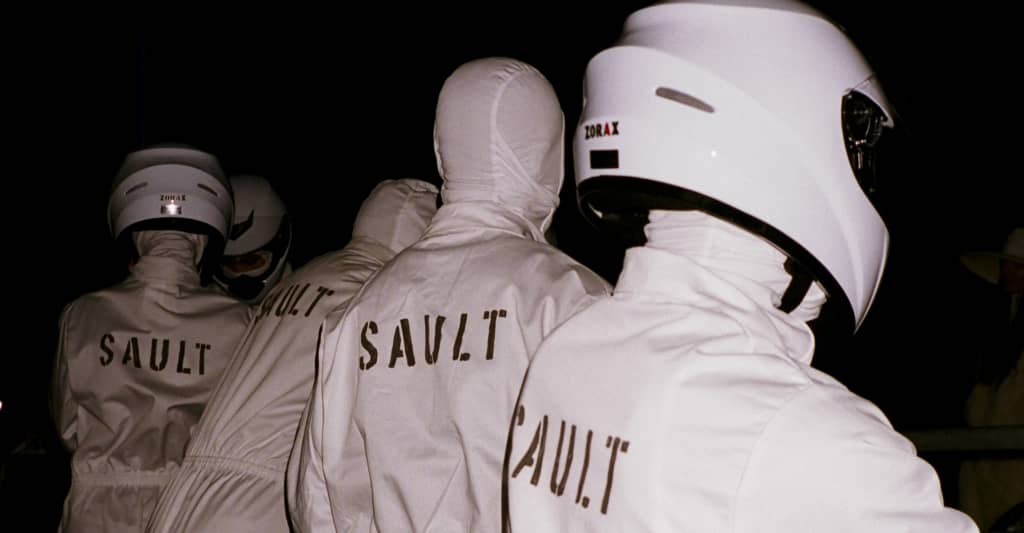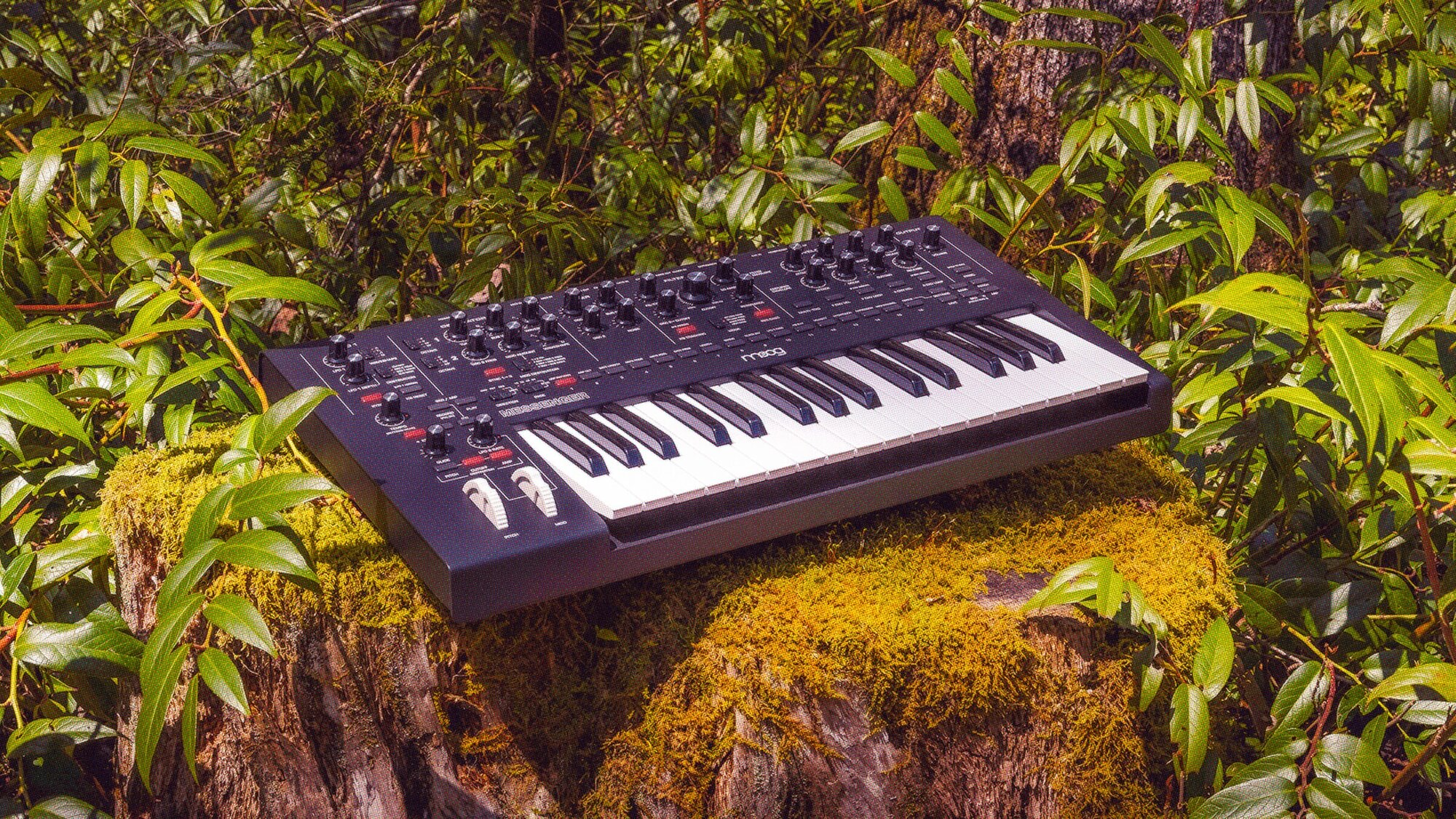Dometic's Designey Coolers Use a Different Manufacturing Method
Yeti leads the cooler market, with an estimated 37% market share and double the revenues of the nearest competitor. On a recent trip to a big-box, I was not surprised to see other cooler brands attempting to mimic Yeti's design aesthetic. Yet there is at least one cooler brand (that you won't find in American big-boxes) that is trying to compete without copying, and relying instead on unique design differentiators. That's Swedish brand Dometic.Yeti's coolers, like most of their competitors', are rotomolded. This production process yields thick, tough, one-piece cooler bodies that are hollow. Insulating foam is injected into access ports that are drilled into the cooler body, and concealed beneath design features like handles and drain ports so that consumers can't see them.If there's a downside to rotomolding, it's that the parts it yields are quite heavy. Dometic has instead chosen to injection mold their coolers, producing separate inner and outer shells. These are fitted together, foam is squirted between them, and the shells are then ultrasonically or thermally welded together. The wall thicknesses are thinner than with rotomolded, yet do not sacrifice thermal performance, the company reckons. And their process yields coolers about 30% lighter than competing products. With injection molding, you can also get more design detail into a part than you can with rotomolding. Dometic has taken advantage by molding their Recon coolers to stack together, taking a cue from the overlanding world. Their lids are designed to be opened from either side, improving access, and the lids can also be removed entirely. The drain plug on their smaller 16L model can be swapped out for a spigot or a faucet, turning it into a water cooler. Stackability, lighter weight and a clean, modern design aesthetic make Dometic's offerings stand out in a market of Yeti-emulators. (In head-to-head ice retention tests, though, Yeti remains the indisputed leader. One place you won't catch a break is on the price. These are just about as pricey as Yeti's offerings. (Direct side-by-side comparisons are tricky because the capacities of the two brands' models don't jive.)

Yeti leads the cooler market, with an estimated 37% market share and double the revenues of the nearest competitor. On a recent trip to a big-box, I was not surprised to see other cooler brands attempting to mimic Yeti's design aesthetic. Yet there is at least one cooler brand (that you won't find in American big-boxes) that is trying to compete without copying, and relying instead on unique design differentiators. That's Swedish brand Dometic.
Yeti's coolers, like most of their competitors', are rotomolded. This production process yields thick, tough, one-piece cooler bodies that are hollow. Insulating foam is injected into access ports that are drilled into the cooler body, and concealed beneath design features like handles and drain ports so that consumers can't see them.
If there's a downside to rotomolding, it's that the parts it yields are quite heavy. Dometic has instead chosen to injection mold their coolers, producing separate inner and outer shells. These are fitted together, foam is squirted between them, and the shells are then ultrasonically or thermally welded together. The wall thicknesses are thinner than with rotomolded, yet do not sacrifice thermal performance, the company reckons. And their process yields coolers about 30% lighter than competing products.




With injection molding, you can also get more design detail into a part than you can with rotomolding. Dometic has taken advantage by molding their Recon coolers to stack together, taking a cue from the overlanding world. Their lids are designed to be opened from either side, improving access, and the lids can also be removed entirely.
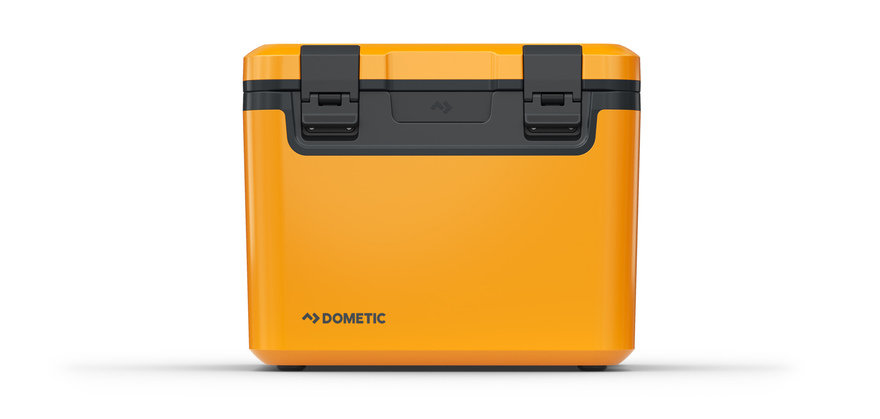





The drain plug on their smaller 16L model can be swapped out for a spigot or a faucet, turning it into a water cooler.








Stackability, lighter weight and a clean, modern design aesthetic make Dometic's offerings stand out in a market of Yeti-emulators. (In head-to-head ice retention tests, though, Yeti remains the indisputed leader.





One place you won't catch a break is on the price. These are just about as pricey as Yeti's offerings. (Direct side-by-side comparisons are tricky because the capacities of the two brands' models don't jive.)




![New ‘Killing Floor 3’ Dev Diary Delves Into Dark Inspirations [Watch]](https://bloody-disgusting.com/wp-content/uploads/2025/06/killingfloor3.jpg)

![It’s Man vs. Nature in John Boorman’s ‘Deliverance’ [Horror Queers Podcast]](https://i0.wp.com/bloody-disgusting.com/wp-content/uploads/2025/06/Deliverance.jpg?fit=1600%2C836&ssl=1)




















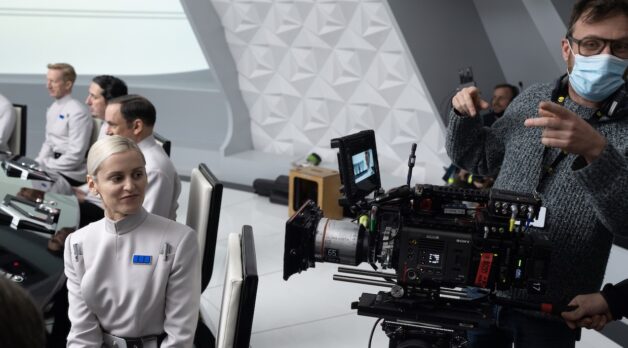
























![Simple Slimeballs [DANGEROUS LIAISONS]](https://jonathanrosenbaum.net/wp-content/uploads/2011/04/dangerous_liaisons.jpg)





















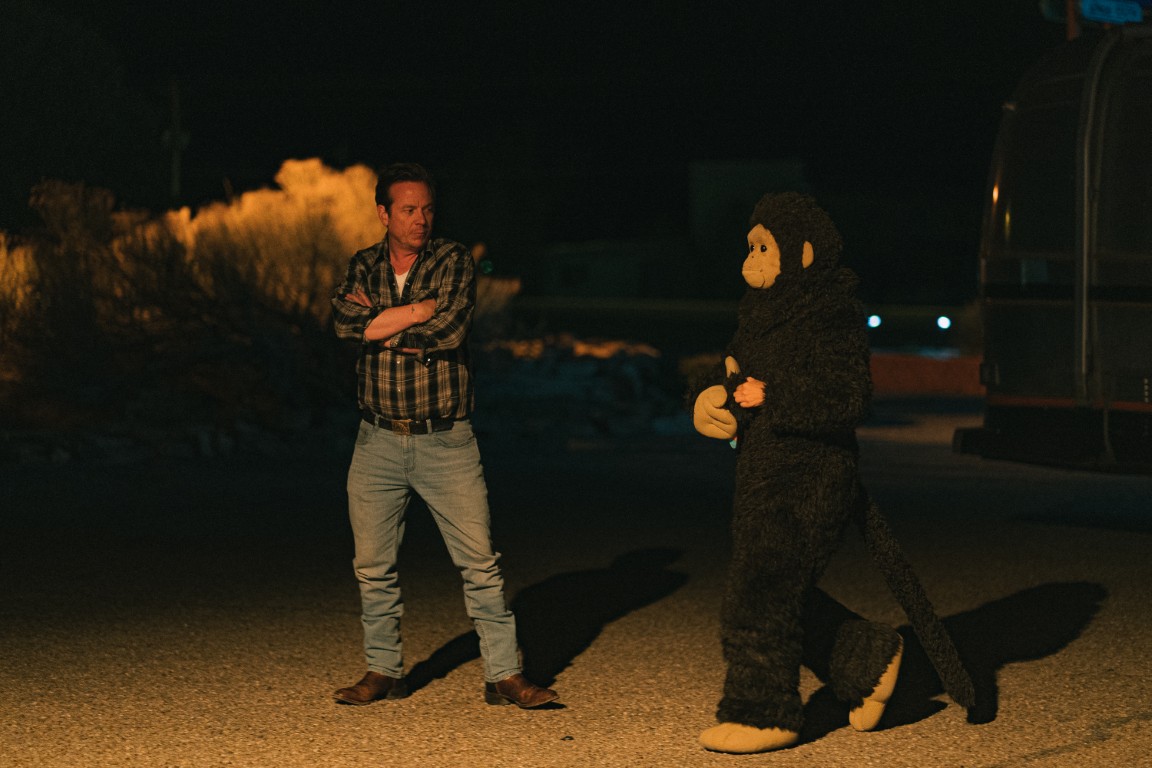












![Predator: Killer Of Killers Director Explains Why The Yautja Look So Different In The New Movie [Exclusive]](https://www.slashfilm.com/img/gallery/predator-killer-of-killers-director-explains-why-the-yautja-look-so-different-in-the-new-movie/l-intro-1749484326.jpg?#)










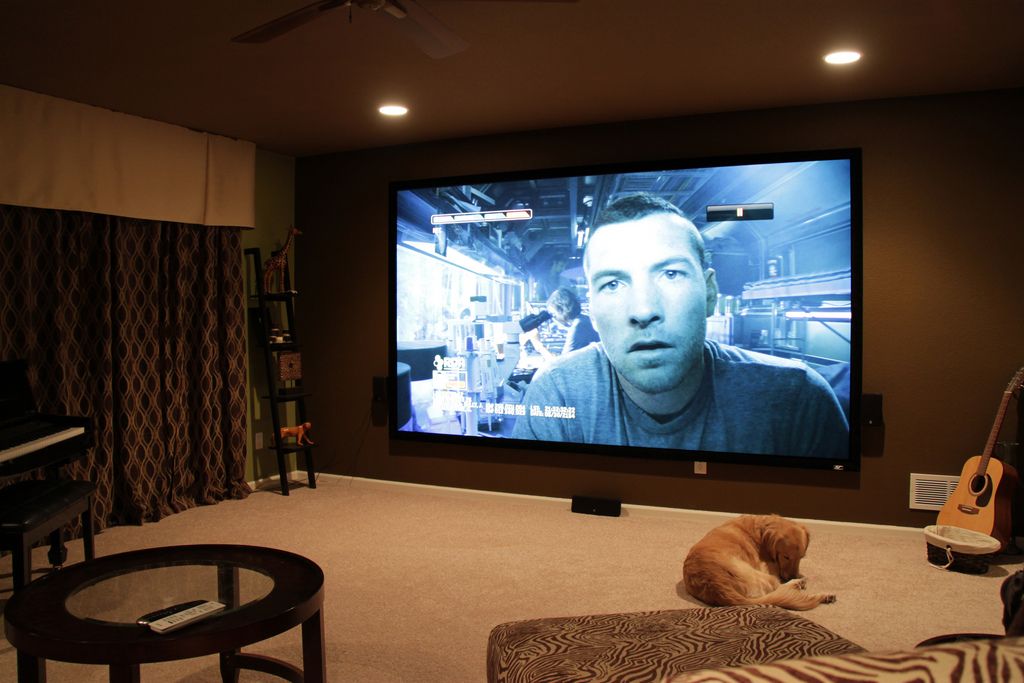












![Marriott’s AI Will Soon Assign 1.2 Million Rooms—And Decide Whether You Get An Upgrade [Roundup]](https://viewfromthewing.com/wp-content/uploads/2022/11/20221113_160514-scaled.jpg?#)











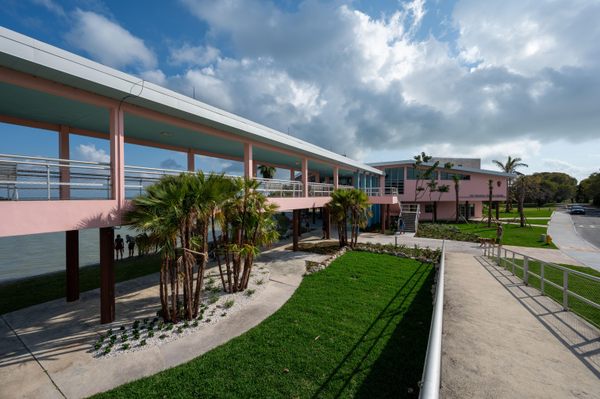


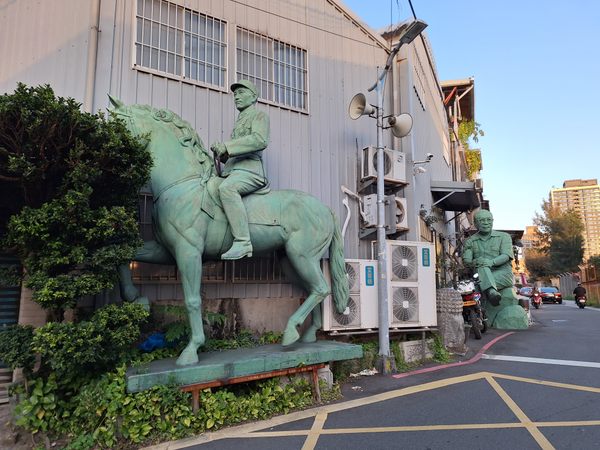


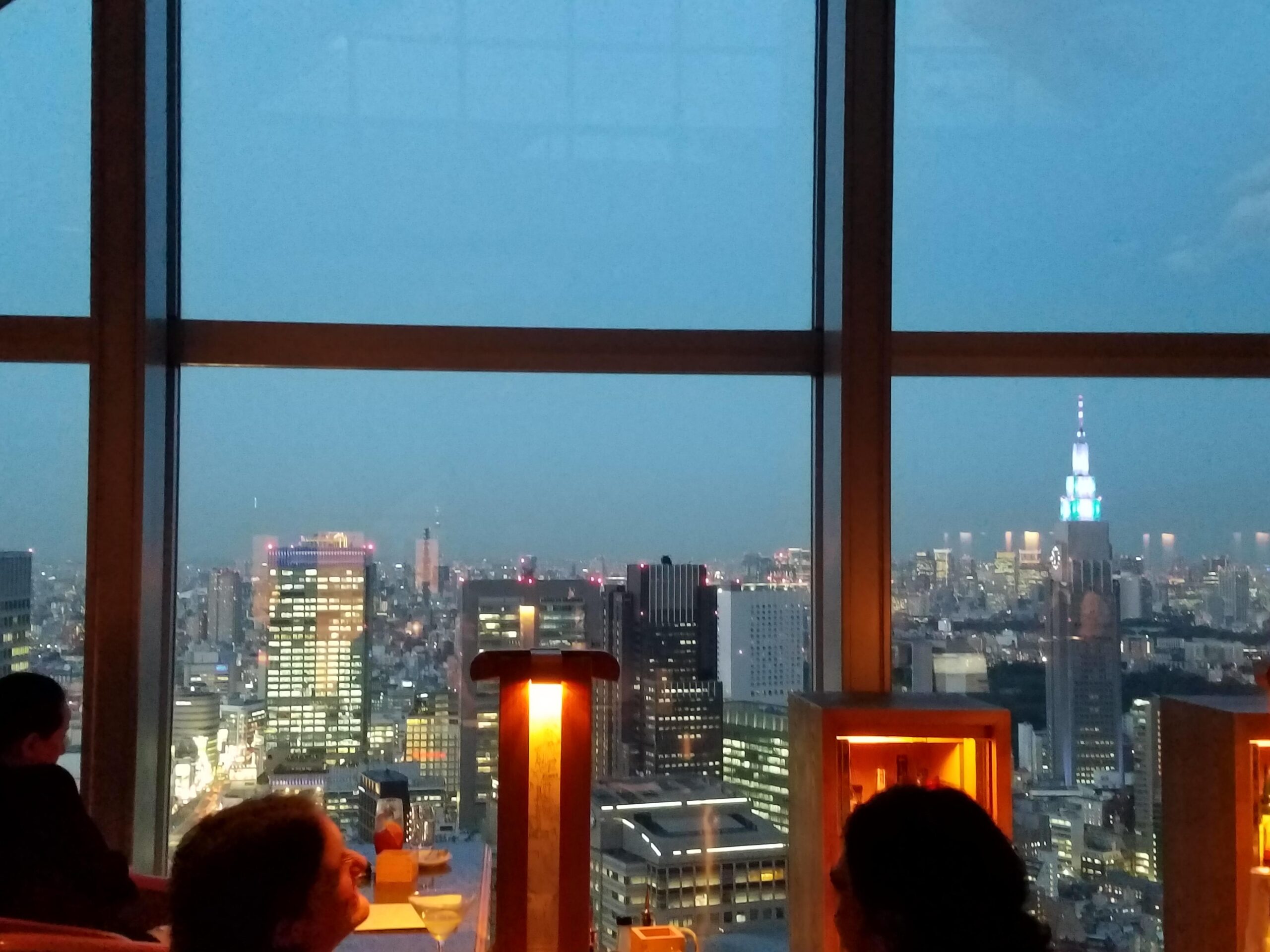
















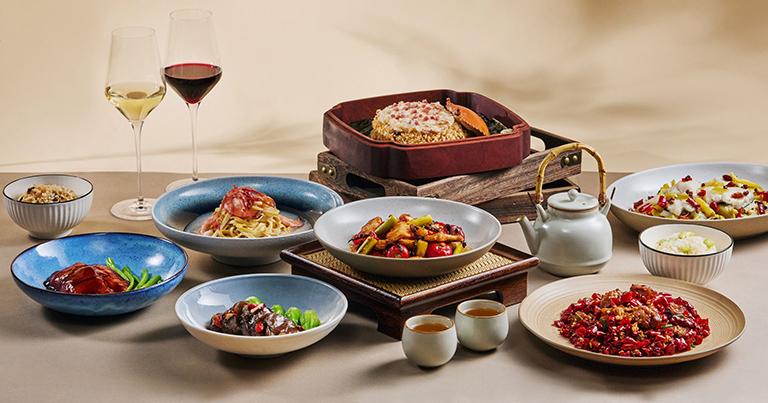





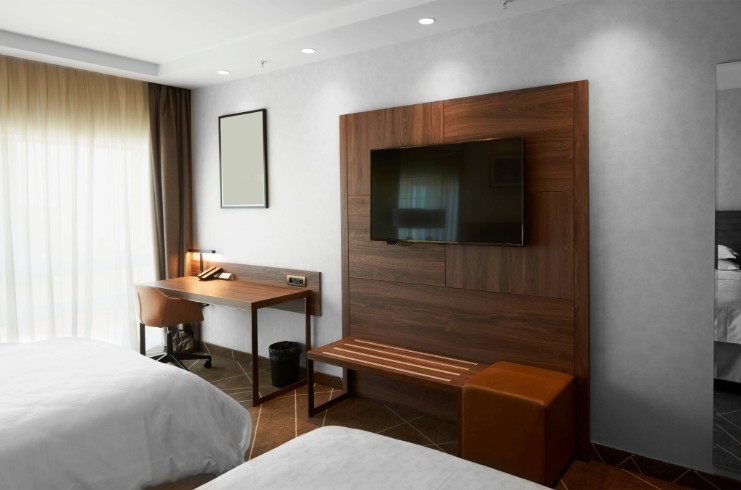

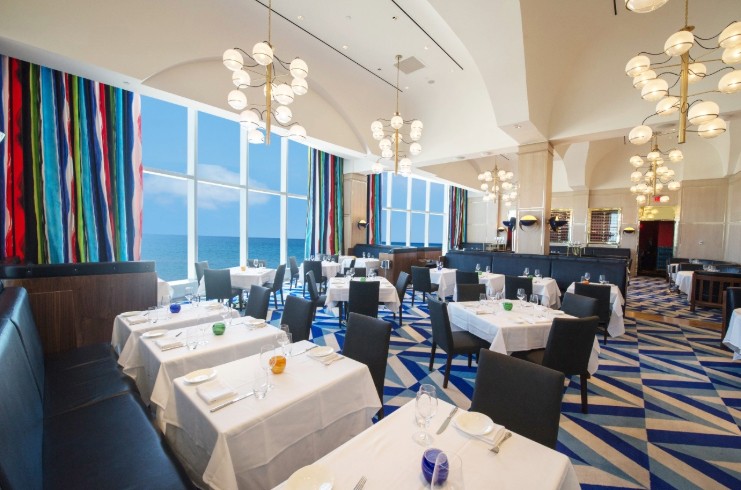





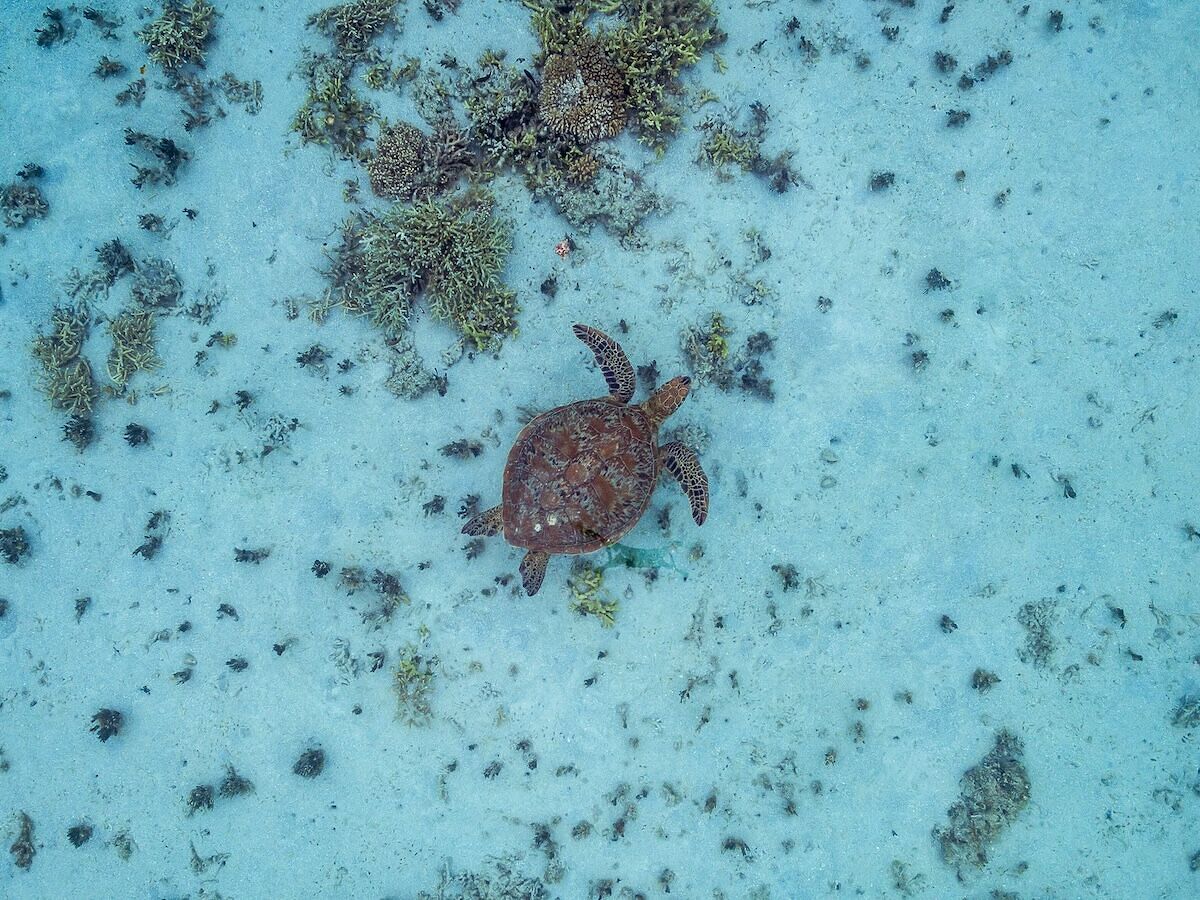






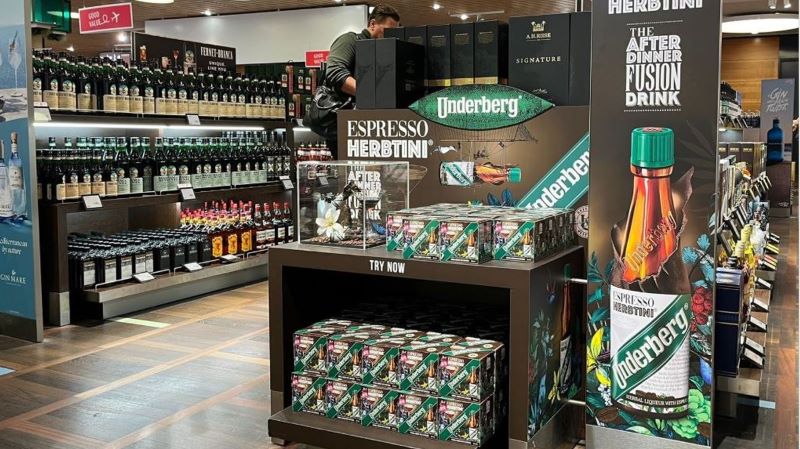
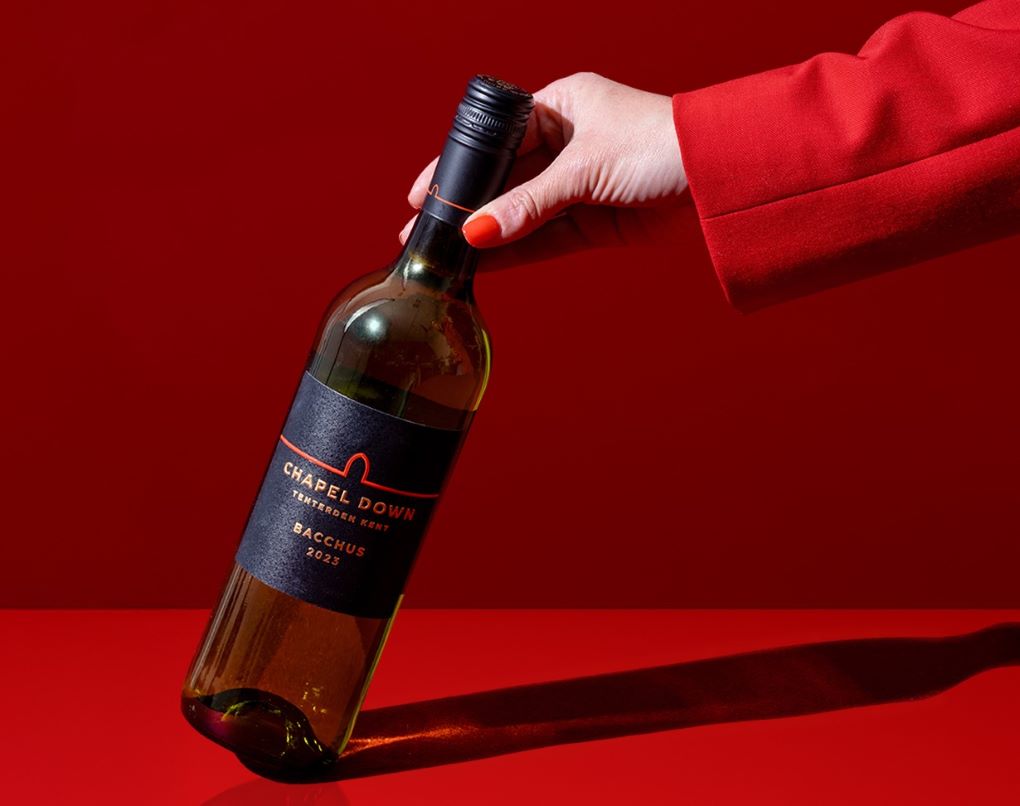
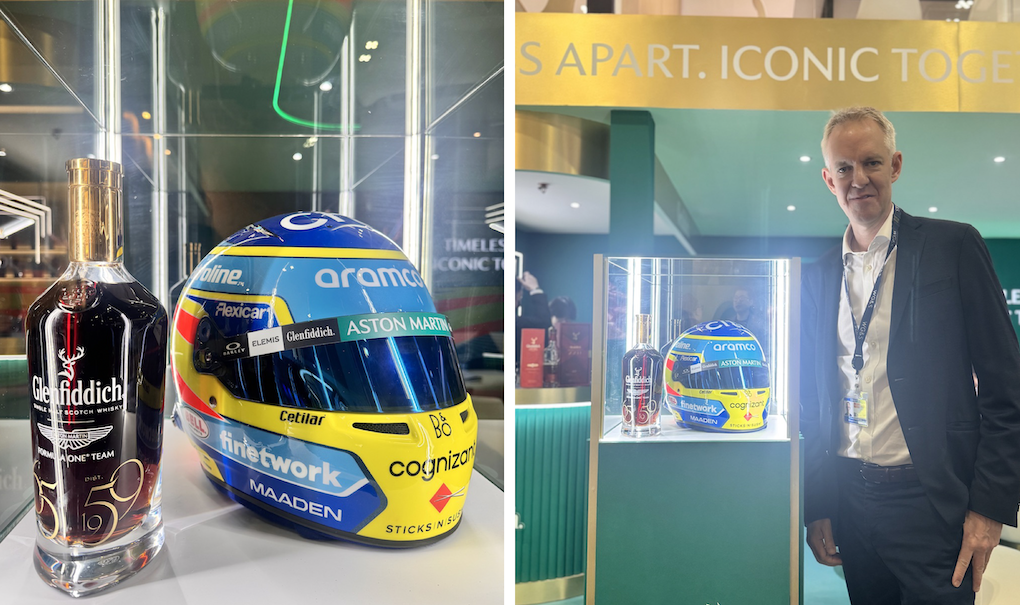






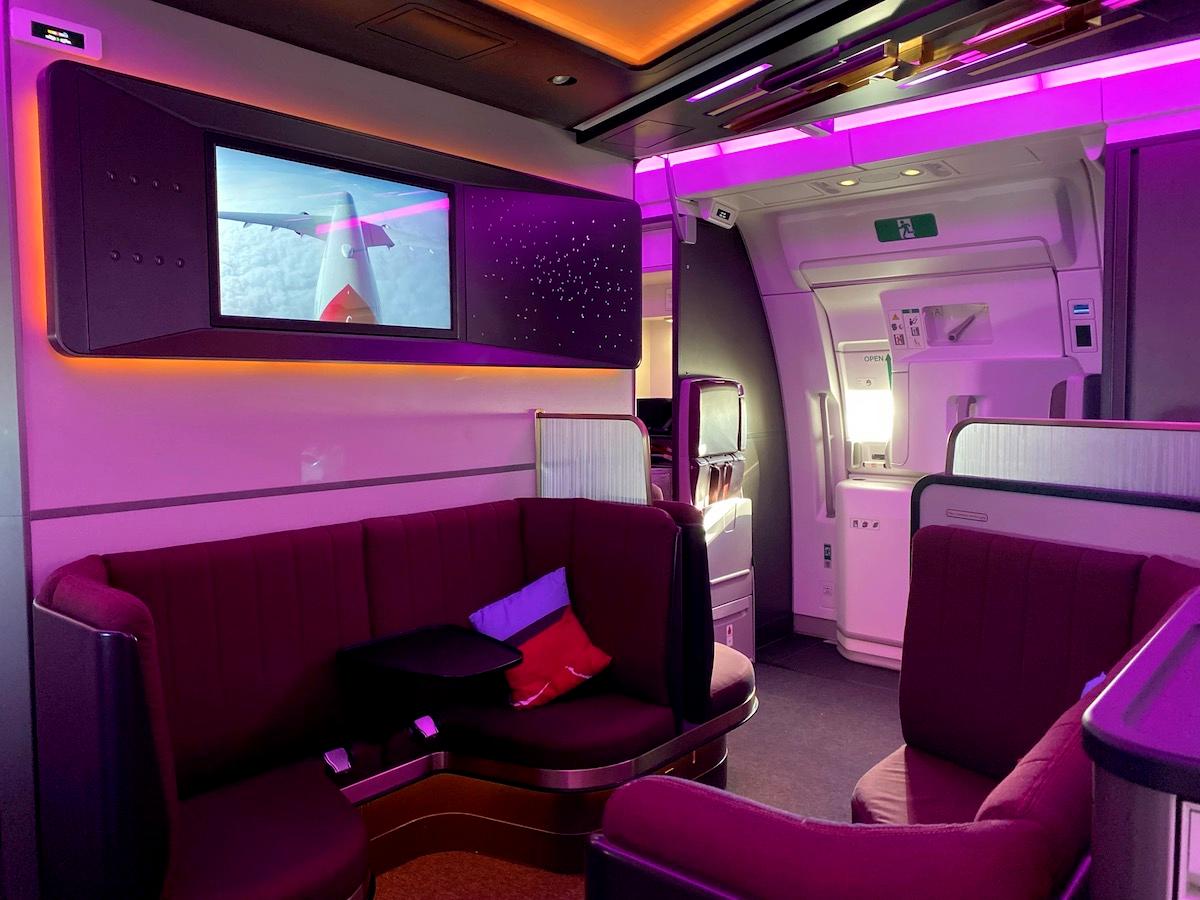

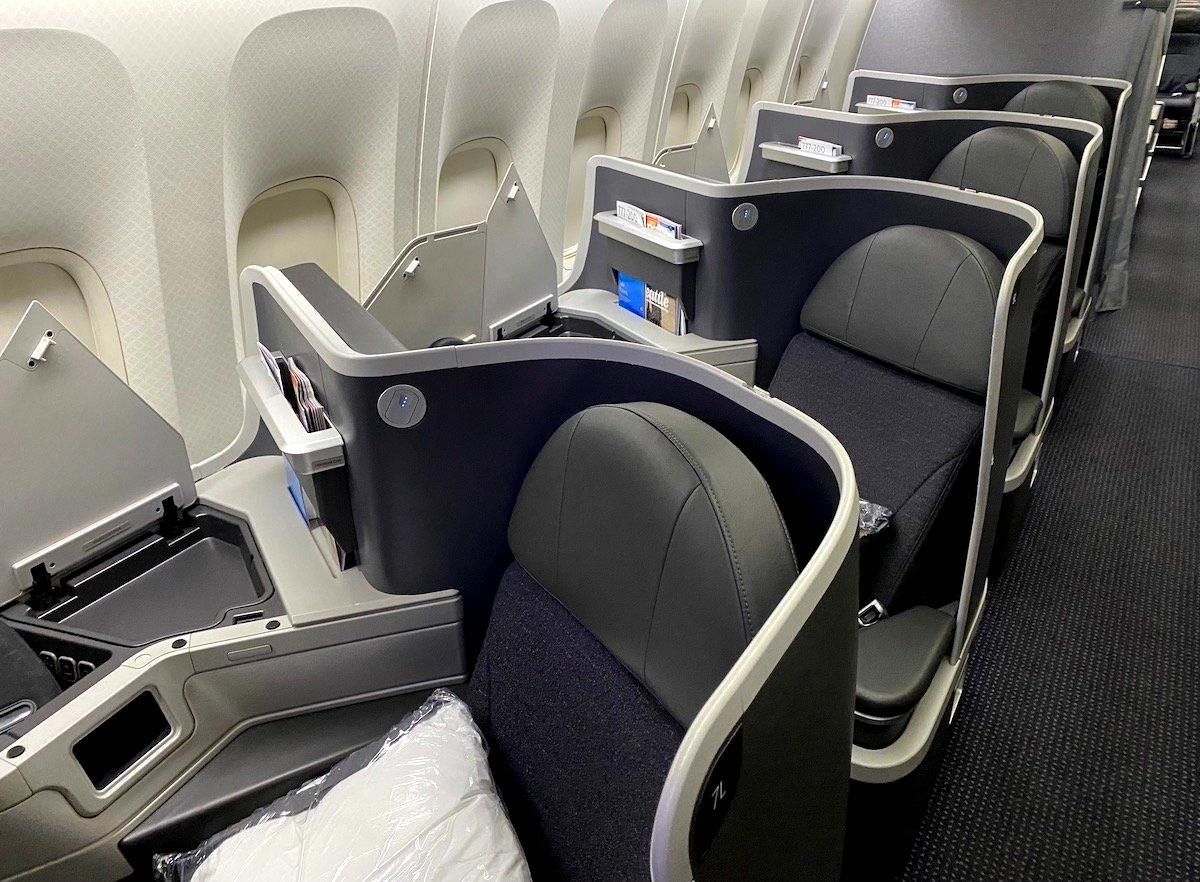
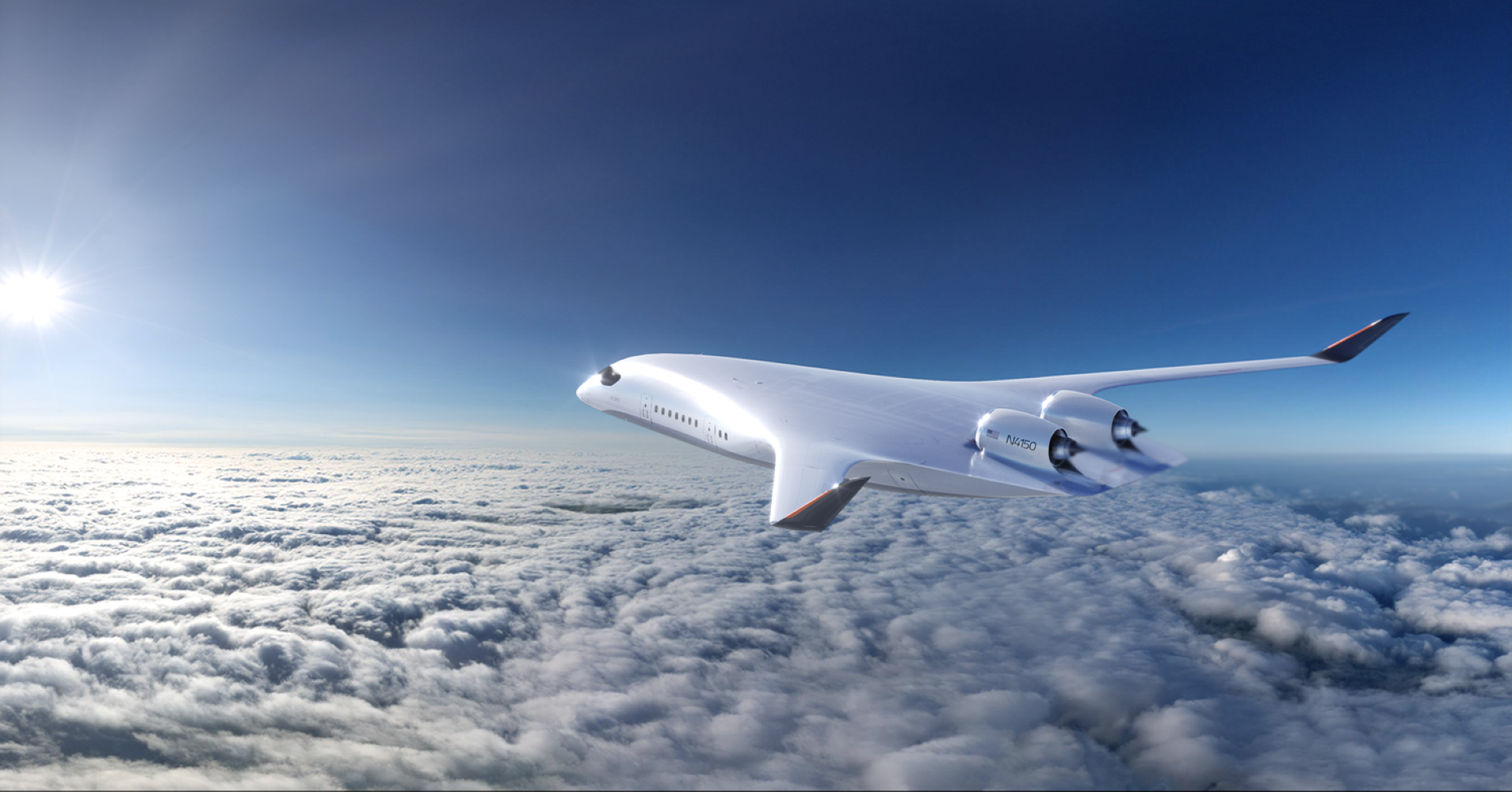

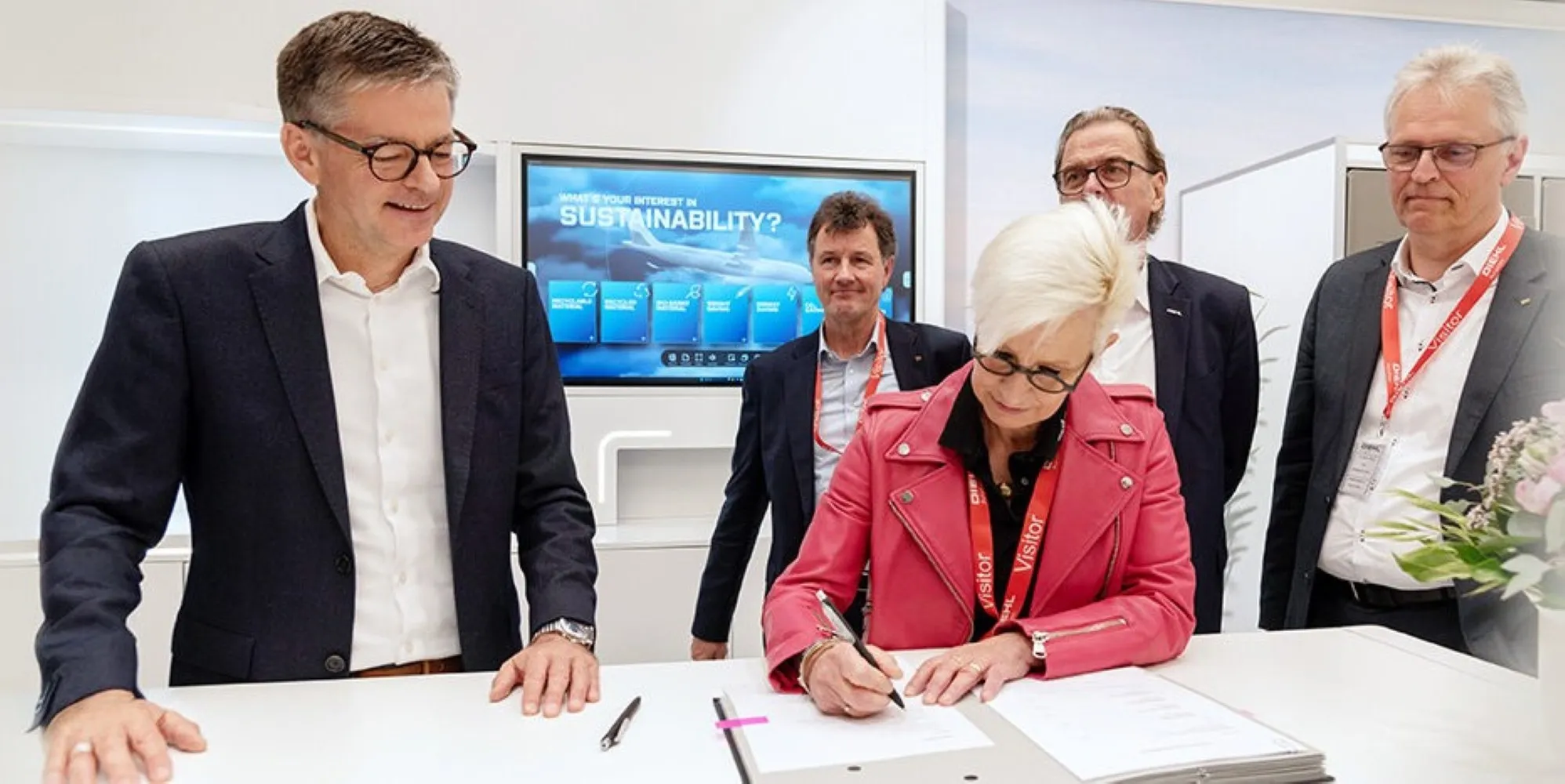










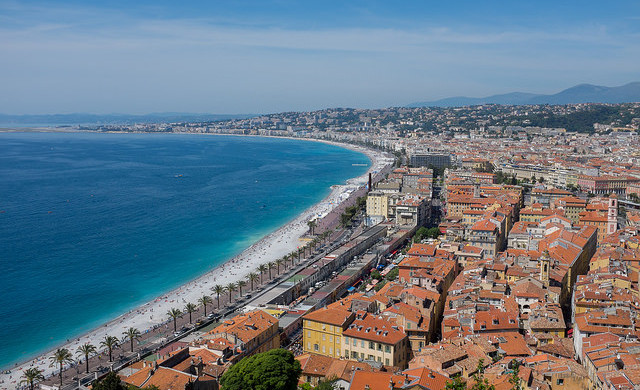















![Bag Of Coke In The Hallway, Bugs In The Closet—Marriott Still Wants Every Penny [Roundup]](https://viewfromthewing.com/wp-content/uploads/2025/06/hotel-bug.jpg?#)

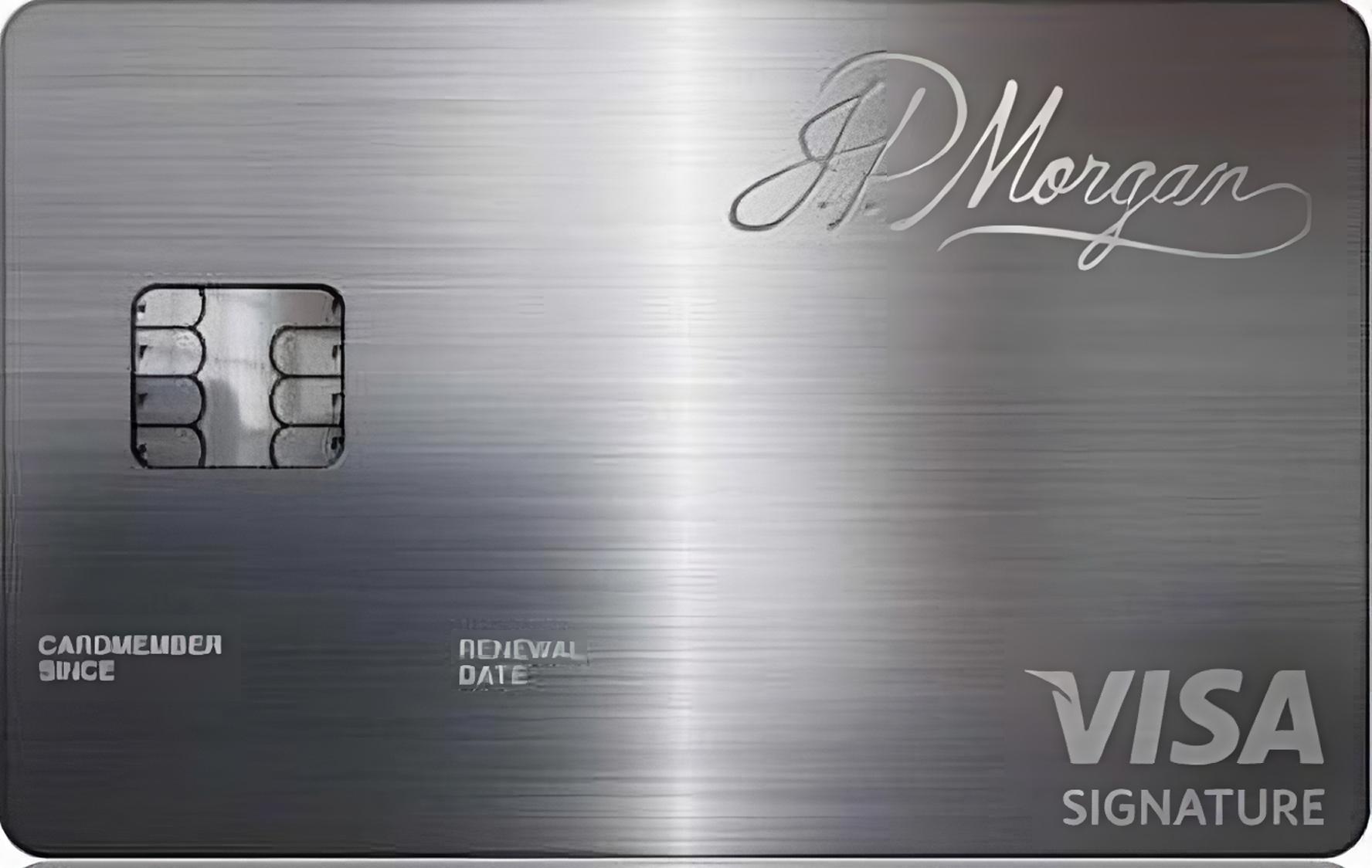




















_J59GzAJ.jpg?width=1920&height=1920&fit=bounds&quality=70&format=jpg&auto=webp#)


.jpg?width=1920&height=1920&fit=bounds&quality=70&format=jpg&auto=webp#)















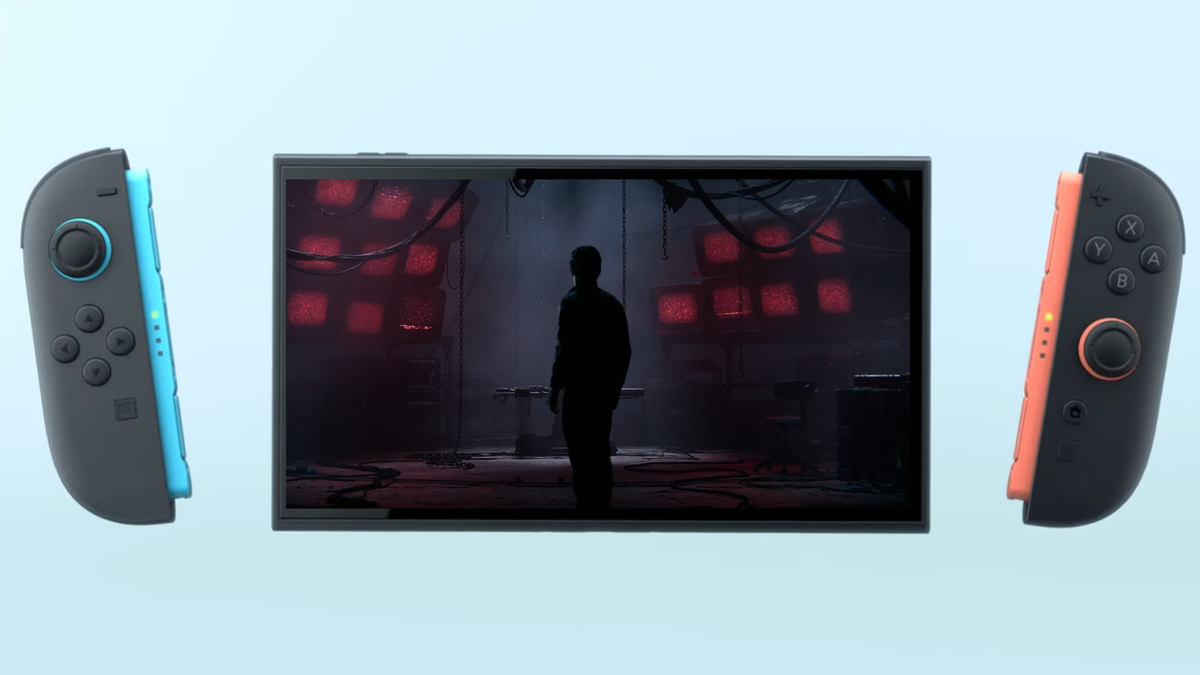
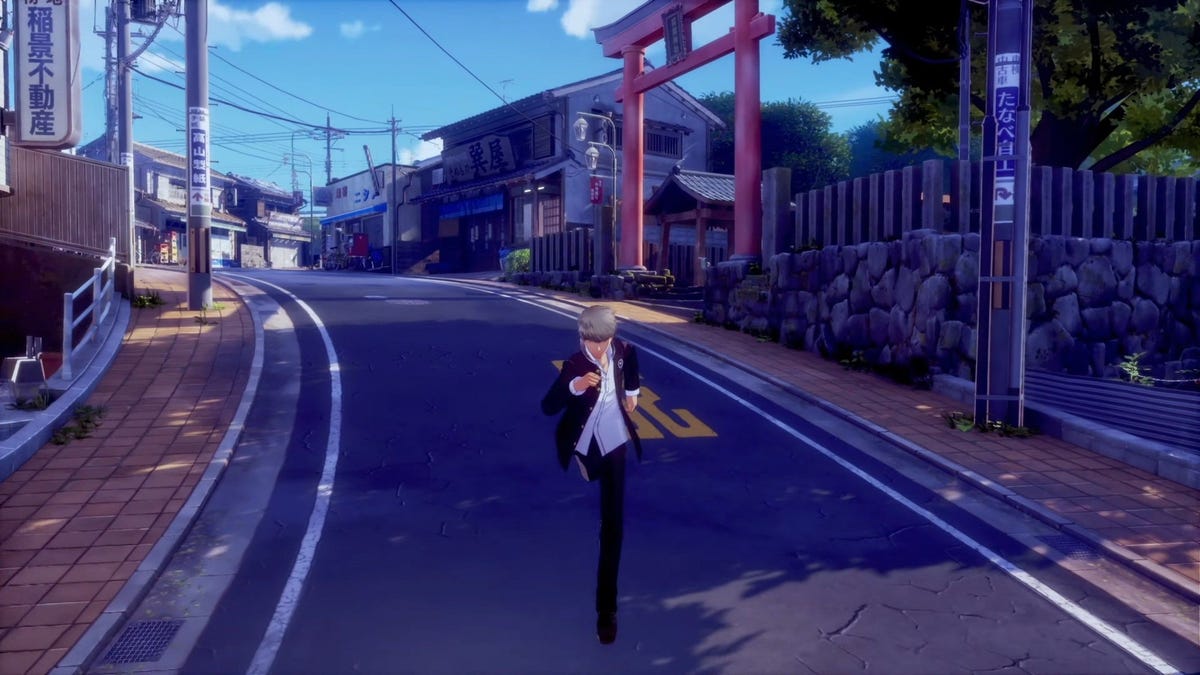
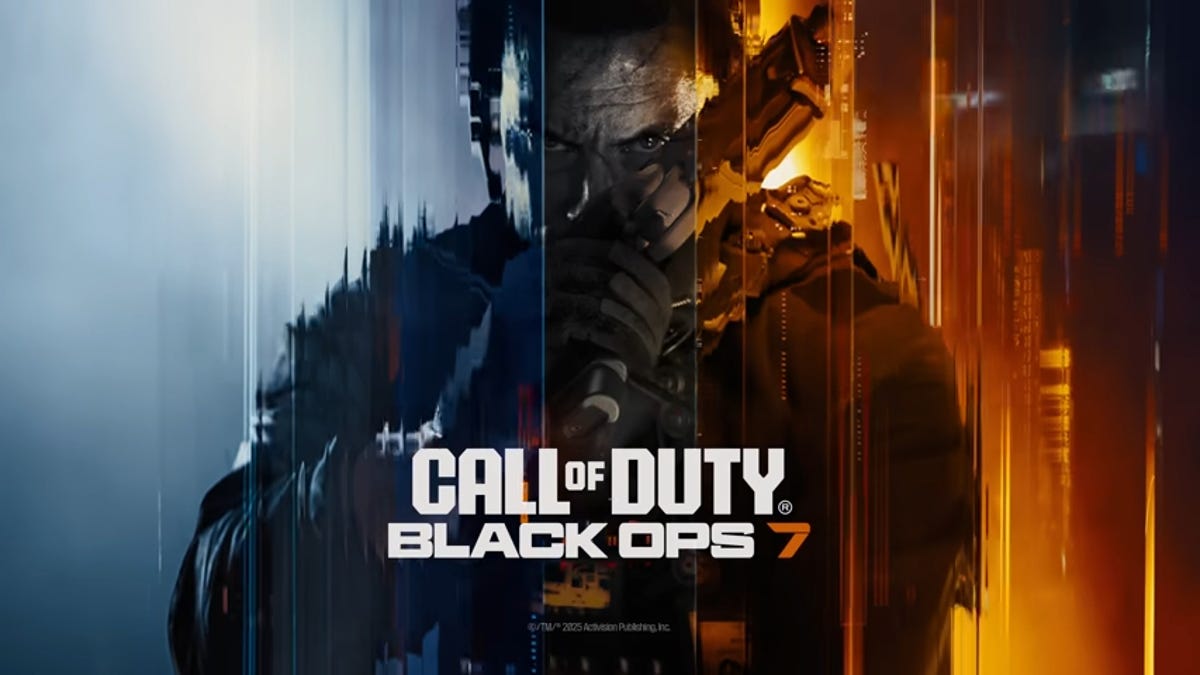







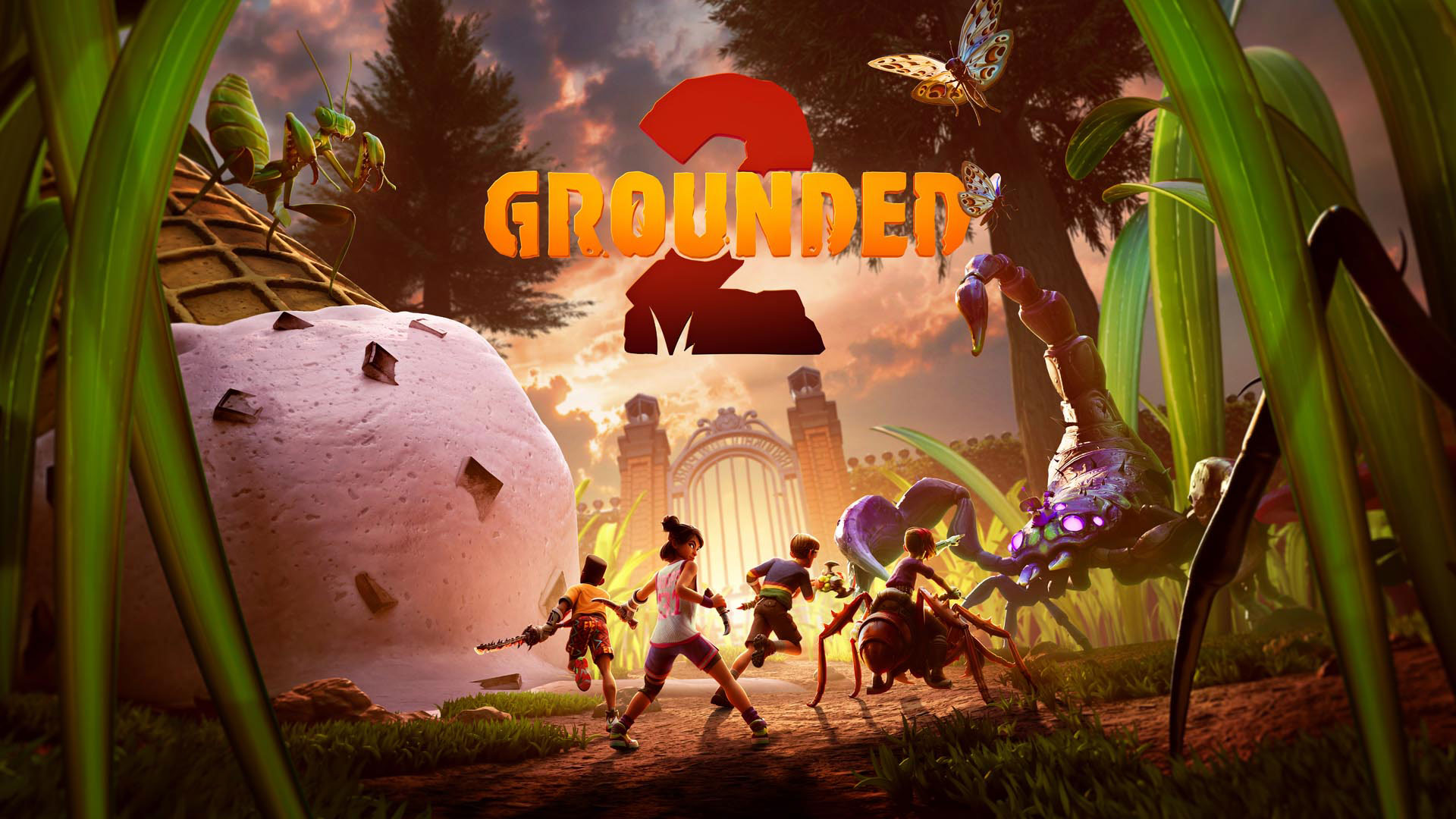
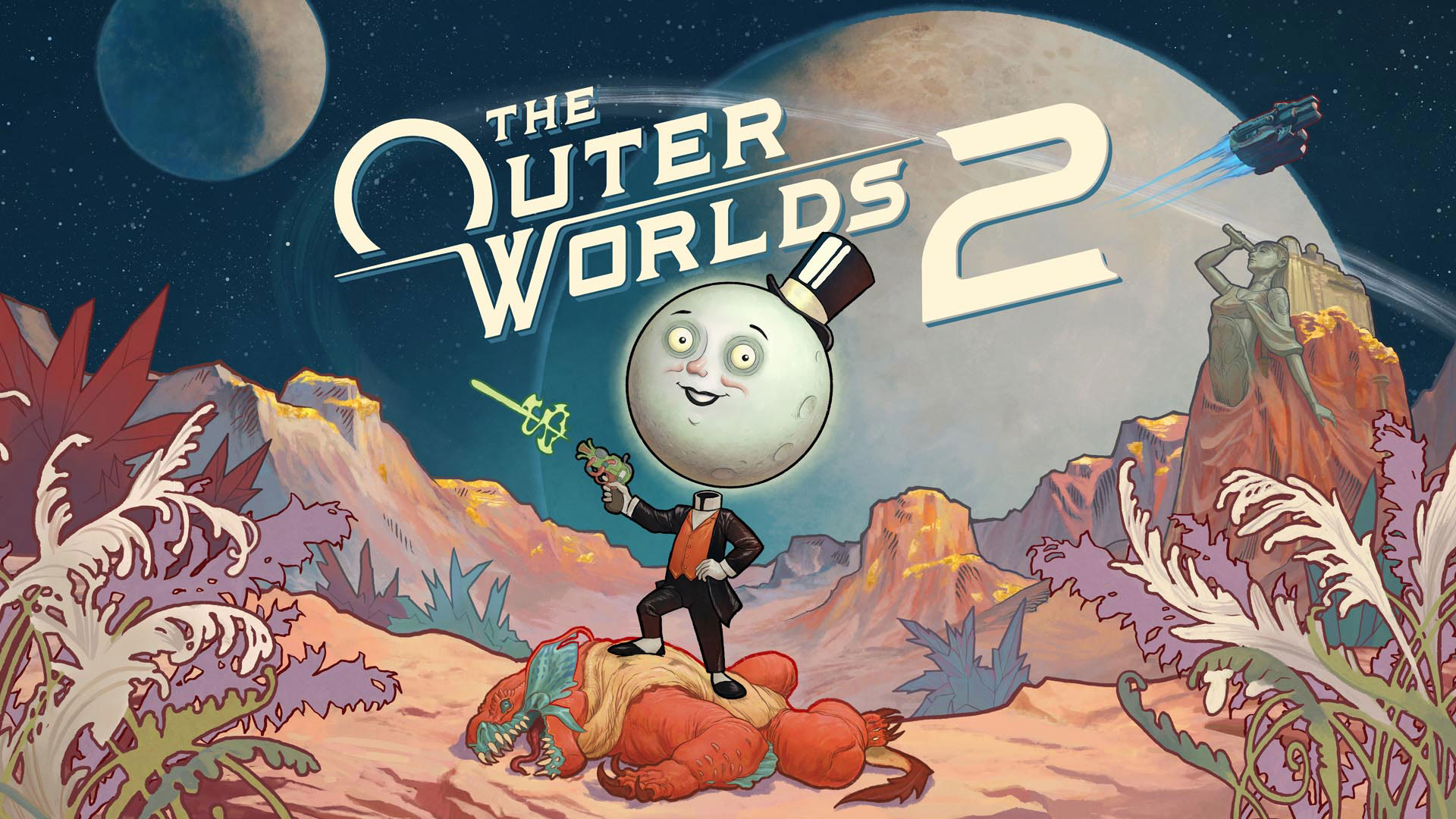





















.jpg?width=1920&height=1920&fit=bounds&quality=70&format=jpg&auto=webp#)
















